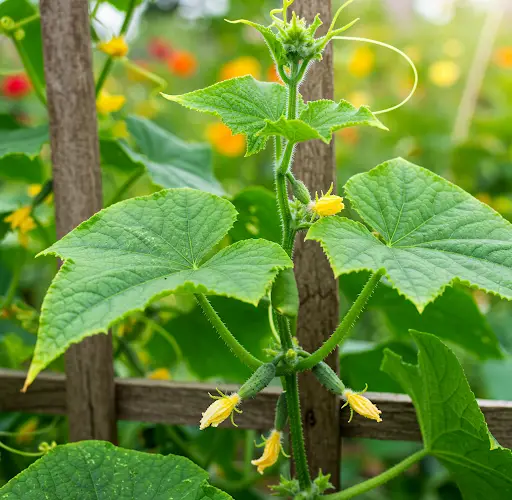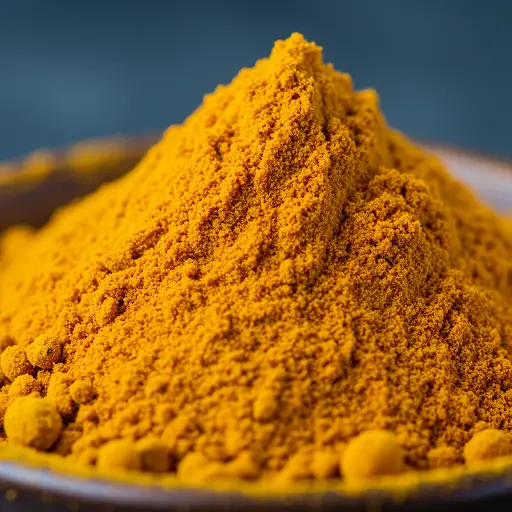How to Grow Cucumbers for an Abundant Harvest
Cucumbers are a refreshing and versatile vegetable that can be used in salads, pickles, drinks, and more. Growing cucumbers at home is a rewarding experience, especially when the vines start producing loads of fresh, crisp fruits. With the right approach, you can cultivate healthy cucumber plants that yield generously throughout the season.
This guide walks you through how to grow cucumbers at home for maximum fruit production—even in small spaces.
Why Cucumbers Are Great for Home Gardens
Cucumbers are fast-growing, productive plants that thrive in warm weather. With proper care, one plant can produce dozens of fruits. They grow well in the ground, raised beds, or containers, and when trained on trellises, they save space and are easier to manage.
Cucumber vines also contribute to pollinator activity in the garden with their vibrant yellow flowers, attracting bees and other beneficial insects.
Choosing the Right Cucumber Variety
Before planting, choose a cucumber variety suited to your needs and space:
-
Slicing cucumbers: Long, straight fruits for fresh eating.
-
Pickling cucumbers: Shorter, thicker varieties great for preserving.
-
Bush varieties: Compact and suitable for containers or small spaces.
-
Vining types: Ideal for growing vertically on trellises for high yields.
Make sure to select a variety that suits your local climate and available garden space.
What You’ll Need
-
Cucumber seeds or seedlings
-
A sunny location (at least 6 hours of direct sunlight)
-
Well-draining, fertile soil or potting mix
-
Compost or organic fertilizer
-
Trellis or support system (for vining types)
-
Watering can or hose with a gentle spray
Planting Cucumbers
1. Prepare the Soil
Cucumbers thrive in loose, fertile soil rich in organic matter. Mix compost into the top 6–8 inches of soil or use a quality potting mix if planting in containers. The ideal pH is between 6.0 and 7.0.
For containers, choose pots at least 12 inches deep and wide, with drainage holes at the bottom.
2. Sow Seeds or Transplant Seedlings
Cucumbers can be grown from seed directly in the garden or started indoors and transplanted. If sowing directly:
-
Plant seeds 1 inch deep and 12–18 inches apart.
-
Space rows 2–3 feet apart if growing multiple plants.
If using transplants, handle them gently and avoid disturbing the roots too much.
3. Provide Trellis or Support
Vining cucumbers benefit greatly from being trained on a trellis or fence. This improves air circulation, reduces disease, saves space, and makes fruits easier to harvest.
Install a sturdy trellis when planting so you don’t disturb the roots later.
Growing Tips for Maximum Yield
1. Water Regularly
Cucumbers need consistent moisture to produce well. Water deeply 2–3 times per week, depending on the weather. Avoid overhead watering to prevent fungal diseases—use a soaker hose or water at the base of the plant.
Mulch around the plants to retain soil moisture and reduce weed growth.
2. Feed Often
Feed your cucumber plants every 2–3 weeks with compost tea or an organic fertilizer high in potassium and phosphorus. This supports flowering and fruit development.
Adding aged compost or worm castings around the base of the plant also boosts productivity.
3. Pollination
Cucumbers need pollination to produce fruit. If pollinators are scarce, hand-pollinate flowers by transferring pollen from male to female blooms using a small brush or cotton swab.
You can also plant flowers like marigolds or basil nearby to attract more bees.
Pruning and Training
To encourage better airflow and more energy directed to fruiting, remove older, yellowing leaves and side shoots that aren’t producing. Regularly check your vines and gently guide them to grow upward if using a trellis.
Bush varieties typically don’t need pruning, but vining types benefit from some maintenance.
Harvesting Cucumbers
Cucumbers are best picked when they are firm and green, before they become overripe and yellow. The exact size depends on the variety, but generally:
-
Slicing cucumbers: Harvest at 6–8 inches long.
-
Pickling cucumbers: Harvest at 3–5 inches long.
Use a pair of scissors or garden shears to cut the cucumber from the vine, leaving a short stem. Frequent harvesting encourages the plant to produce more fruit.
Check your plants daily once they start fruiting—cucumbers grow fast!
Common Issues and Solutions
-
Yellow Leaves: Could indicate nutrient deficiency or overwatering.
-
Powdery Mildew: Prevent by ensuring good airflow and avoiding wetting the leaves.
-
Misshapen Fruit: Often caused by poor pollination or inconsistent watering.
-
Cucumber Beetles: Use neem oil or insecticidal soap to control pests.
Final Thoughts
Growing cucumbers at home is not only satisfying but also a practical way to enjoy fresh, crunchy vegetables all summer long. With proper care, trellising, and regular harvesting, your cucumber plants can provide a continual supply of tasty fruits. Whether you grow in a garden, raised bed, or containers, cucumbers are a great addition to any home-growing setup.
Start with healthy seeds, give them sun and support, and you’ll be rewarded with an abundant harvest in no time!



